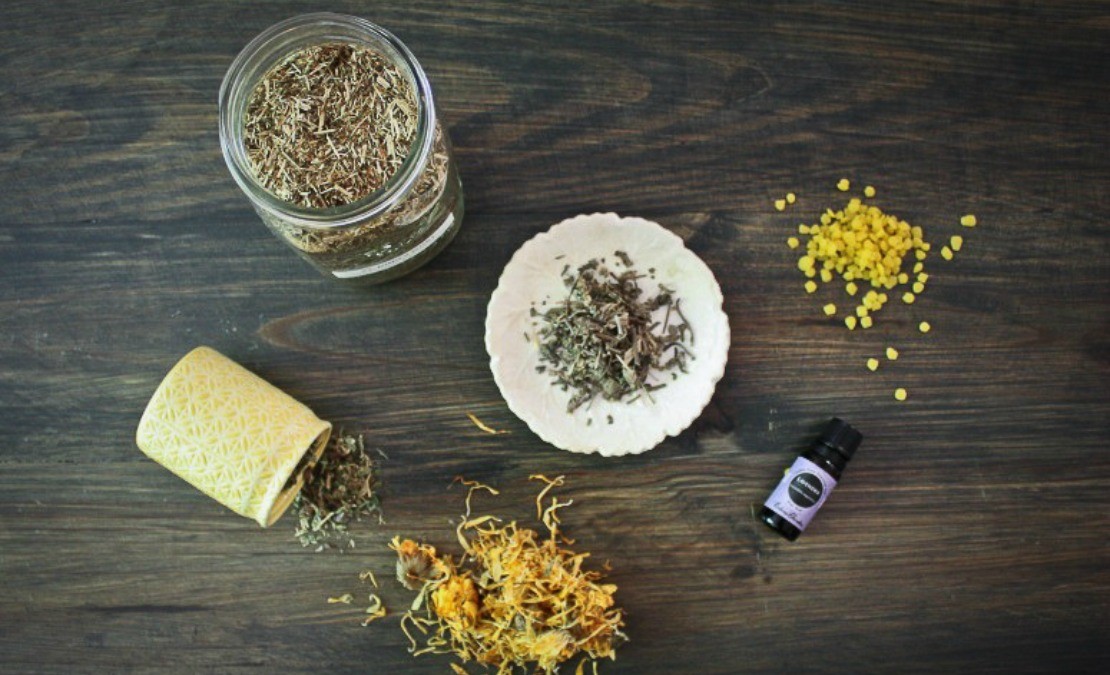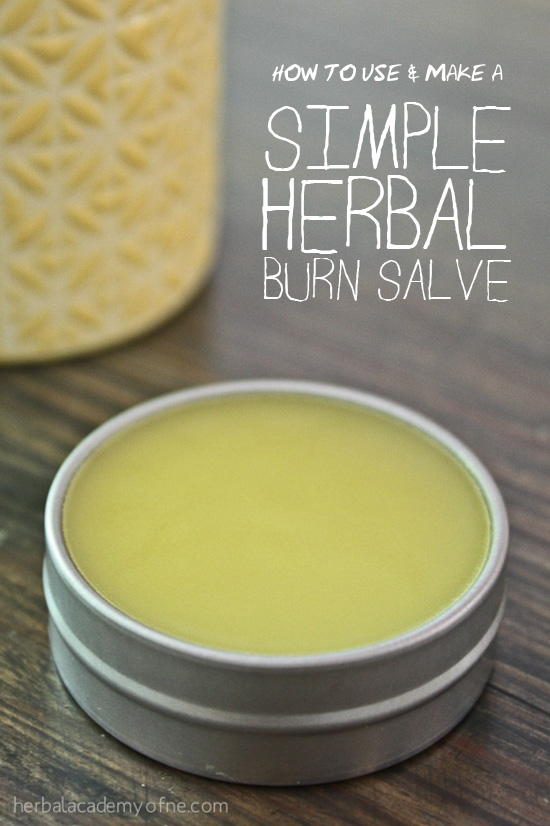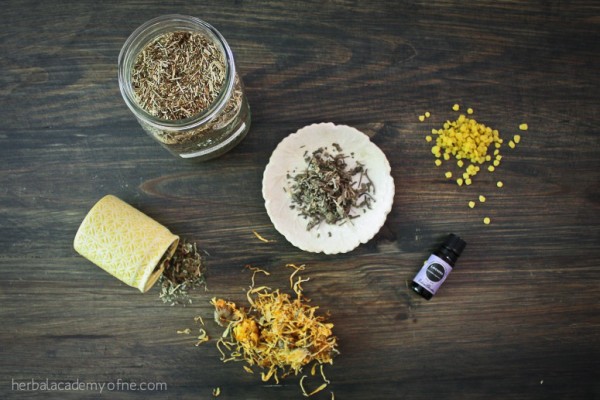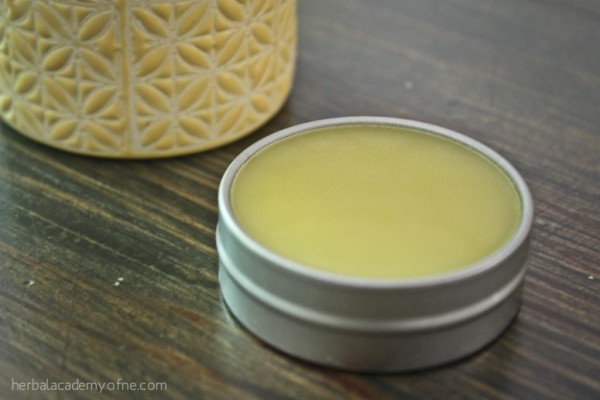
Herbal Burn Salve Recipe with Comfrey, Calendula, and More
This past month, my four-year-old landed a second-degree burn on his leg, thanks to a cup of accidentally spilled hot cocoa. Thankfully I had an herbal burn salve in our medicine cabinet that was a perfect remedy for this painful situation.
The Story
Now isn’t that just the way things tend to happen? Kids always seem to get hurt when mom isn’t right there watching them. Here I was, stealing some peaceful moments nursing my one month old while my three older children enjoyed a snack, when all of a sudden, I’m startled out of my cuddle session by a blood-curdling scream… that lasted… and lasted… and lasted.

I found him gripping his clothes, tears streaming down his cheeks, and sobbing so much he couldn’t even tell me what happened. However, his big brother was there to let me know he’d accidentally dropped his hot cocoa, right on his brother’s leg. I applied cold cloths to his leg until the heat had died down (as in it didn’t feel all that hot to touch any longer). Finally, I got a good look at his burn, and he was now able to tell me exactly what had happened.
It looked bad. The skin was peeling off and blisters were forming around it. I knew it was a second degree burn as it had made its way through the first layer of skin, and I knew I needed to handle this in a way that would help the burn heal without becoming infected and without leaving much of a scar.
The Plan
I knew just what to do seeing as how my 2-year- old had burned himself on our wood stove this past winter, and I’d used my homemade burn cream on it with much success. Unfortunately, the burn cream I’d previously made was no longer good, but I did find another herbal treasure in my cabinet: an all-purpose healing salve that contained some great herbs for burns.
I applied the salve to a non-stick bandage every evening before bed and removed it during the day so it could get some air. During the day, when the bandage was off, I applied the oil to the burn several times a day as calendula is a well-known herb for burns. I repeated this daily until the burn was completely covered by new, pink skin.
Since then, I’ve kept using the calendula infused oil only every day. His burn continues to look better and is showing no signs of scarring, I’m happy to report!
Herbal Burn Salve Recipe
So I bet you’re wondering what was in this burn salve and how it was made, right? Well, no worries. I have the burn salve recipe for you below.

Herbal Burn Salve
1 cup organic extra virgin olive oil
2 tablespoons organic comfrey leaf
2 tablespoons organic calendula flowers
2 tablespoons organic plantain leaf
2 tablespoons wilted St. john’s wort flowers (dried tops will work as well)
1 ounce beeswax
50 drops of lavender essential oil
- In a double boiler, pour olive oil in top pan followed by dried herbs.
- Heat over low heat for 60 minutes, stirring occasionally.
- Remove from heat. Strain and compost herbs, reserving infused oil.
- Melt beeswax in a clean pan over low heat.
- Once melted, add herbal infused oil and lavender essential oil. Mix well.
- Quickly pour salve into tins or glass jars and allow to cool before placing lids on and labeling.
About These Herbs for Burns
The herbs used in the herbal burn salve recipe above are commonly used herbs for burns. Below I’ll briefly explain each of these herbs and how they’re beneficial to using on burns.
Comfrey: Contains allantoin, an anti-inflammatory phytochemical that speeds would healing and stimulates growth of new skin cells.
Calendula: Contains antibacterial, antifungal, anti-inflammatory, and astringent properties which make it ideal for burns, and it is thought to increase oxygen flow to wounds in order to speed up healing.
Plantain: Like comfrey, it too contains allantoin, an anti-inflammatory phytochemical that speeds would healing and stimulates growth of new skin cells. We also use plantain for bee stings, which you can learn more about here!
St. John’s wort: Contains antibacterial, anti-inflammatory, and analgesic properties, and is thought to help wounds heal more rapidly and with less chance of scarring.
Don’t know where to get these herbs? We recommend checking out Mountain Rose Herbs with online ordering options!
The Moral of this Herbal Burn Salve Story
The reason I’m sharing this story and recipe with you today is because you never know when something like this is going to happen… a complete, unexpected accident. I’m so thankful that I had a few herbal options available to me to use in this situation, and I’m thankful that if I didn’t have anything pre-made in my medicine cabinet, it wouldn’t have taken me long to whip this salve up with these four herbs that are always found in my herb closet.

Be prepared by keeping common herbs on hand as well as ready-to-use herbal preparations. You never know when you’ll need them.
Check out Herbal Academy’s online herbal courses for more information on learning and using herbs.
REFERENCES
Duke, James A. (2000) The Green Pharmacy Herbal Handbook. New York: St. Martin’s Press.







